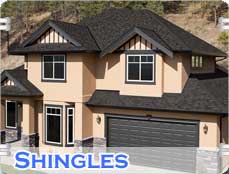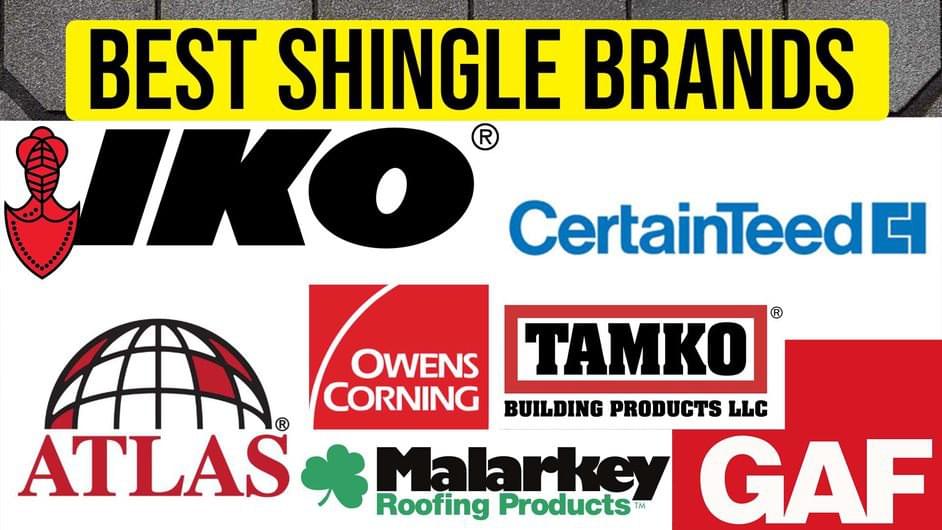Shingle roofing

- Shingle roofing material refers to a type of roofing material that is made up of individual overlapping components called shingles. These shingles are typically made from various materials such as asphalt, wood, metal, or slate, and are designed to shed water and protect the underlying structure from the elements.
- Shingle roofing is one of the most popular and widely used roofing materials in the world, and it is often chosen for its durability, ease of installation, and affordability. Shingles come in a variety of shapes, sizes, and colors, and can be customized to match the aesthetic of any building or home.
- Shingle roofing is also known for its ease of repair, as damaged shingles can be easily replaced without requiring the entire roof to be replaced. However, shingle roofing does require regular maintenance and inspections to ensure that it remains in good condition and continues to protect the underlying structure from the elements.
Flat roofing

- Flat roofing refers to a type of roofing system that is designed to be nearly level or have a very low slope. This type of roofing is commonly found on commercial buildings, apartment complexes, and modern residential architecture.
- Flat roofs are typically constructed with a membrane, which can be made from a variety of materials such as modified bitumen, PVC, TPO, or EPDM. These materials are typically installed in large sheets that are bonded together to create a continuous, waterproof layer.
Flat roofing systems are designed to allow for the efficient drainage of water and can be outfitted with drainage systems to help prevent the buildup of water on the roof. These systems are also typically designed to support the installation of rooftop equipment, such as HVAC units or solar panels.
One of the main advantages of flat roofing is that it is often less expensive to install than pitched roofing, due to its simple design and fewer materials required. Flat roofing is also easier to maintain and repair, as access to the roof is typically easier than with pitched roofing.
However, flat roofing can be prone to leaks if not installed or maintained properly, and it may not be suitable for areas with heavy snow or rainfall. Proper design and installation, as well as regular maintenance, are important to ensure the longevity and effectiveness of flat roofing systems.
